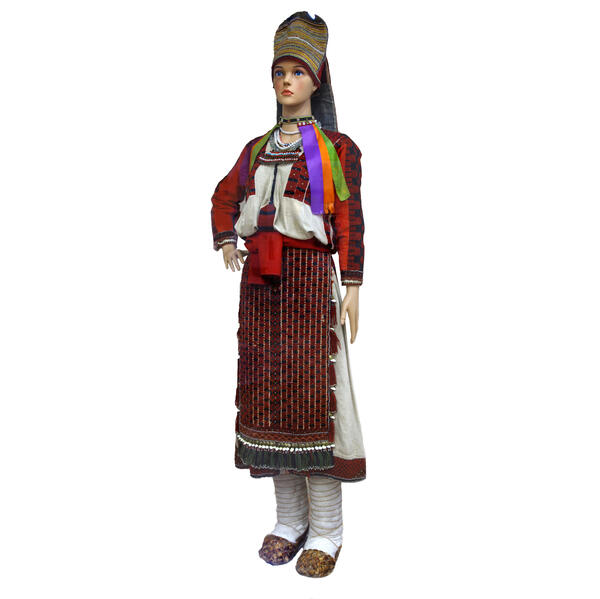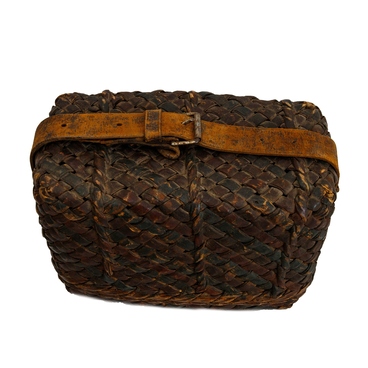The area populated by the Mordvin people on the left bank of the Volga is a considerable territory from the mouth of the Kama to the foothills of the Urals. This zone includes the Melekesky, Novo-Malyklinsky and Cherdaklinsky districts of the Ulyanovsk region, the Leninogorsky, Cheremshansky and Chistopolsky districts of Tatarstan, Isaklinsky, Klyavlinsky, Koshkinsky, Pokhvistnevsky, Chelno-Vershinsky, Shentalinsky and some other districts of the Samara region, Abdulinsky, Buguruslansky, Buzuluksky, Northern districts of the Orenburg region, Aurgazinsky, Ermikeevsky, Sterlitamaksky districts of Bashkortostan.
The Mordovian settlers were among the first to start developing the left bank of the Volga. The first Mordovian villages emerged in the Trans-Volga area in the 17th century and were situated in the basins of the Sok and Bolshoi Cheremshan rivers. The living conditions in the new area were very much like the climate of the Mordovian homeland, therefore the main occupations of the settlers were farming, cattle breeding, forestry and fisheries. Mordvins from Nizhni Novgorod settled closer to the Volga, groups of the Mordovian settlers from Simbirsk, Penza and Saratov provinces moved further into Samara land.
The folk costume of the Mordvins of the Trans-Volga region developed in an isolated way and therefore was preserved almost unchanged till the beginning of the 20th century. However, Mordvins in one way or another was in contact with Russian population that influenced some details of dress. For example, married women wore headdresses of the Russian type resembling povoynik, a cloth cap that completely covered the hair. Also, leather shoes — koty, which were worn with white woolen stockings — became one of the costume elements as time passed. In some groups of villages the Mordovian costume was completely replaced by the Russian, typical of the neighbors — resettlers from the Tambov, Kursk and Smolensk provinces.
Embroidery played an important role in the national women’s costume. Clothes were decorated with beads, sequins, gold thread. Embroidery covered the cloth densely. Craftswomen used different techniques, each of which had its own name, for example: Erzyan star, half-cross, herringbone stitch, padding stitch, train.
The Mordovian settlers were among the first to start developing the left bank of the Volga. The first Mordovian villages emerged in the Trans-Volga area in the 17th century and were situated in the basins of the Sok and Bolshoi Cheremshan rivers. The living conditions in the new area were very much like the climate of the Mordovian homeland, therefore the main occupations of the settlers were farming, cattle breeding, forestry and fisheries. Mordvins from Nizhni Novgorod settled closer to the Volga, groups of the Mordovian settlers from Simbirsk, Penza and Saratov provinces moved further into Samara land.
The folk costume of the Mordvins of the Trans-Volga region developed in an isolated way and therefore was preserved almost unchanged till the beginning of the 20th century. However, Mordvins in one way or another was in contact with Russian population that influenced some details of dress. For example, married women wore headdresses of the Russian type resembling povoynik, a cloth cap that completely covered the hair. Also, leather shoes — koty, which were worn with white woolen stockings — became one of the costume elements as time passed. In some groups of villages the Mordovian costume was completely replaced by the Russian, typical of the neighbors — resettlers from the Tambov, Kursk and Smolensk provinces.
Embroidery played an important role in the national women’s costume. Clothes were decorated with beads, sequins, gold thread. Embroidery covered the cloth densely. Craftswomen used different techniques, each of which had its own name, for example: Erzyan star, half-cross, herringbone stitch, padding stitch, train.


